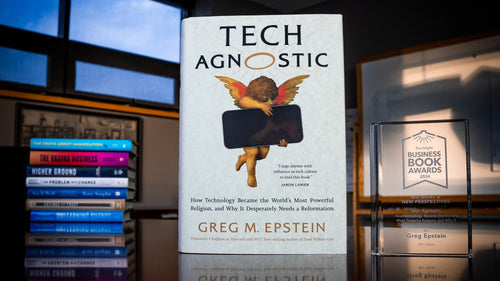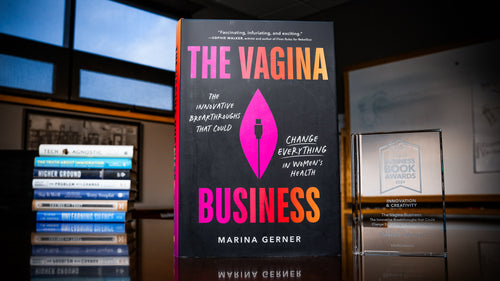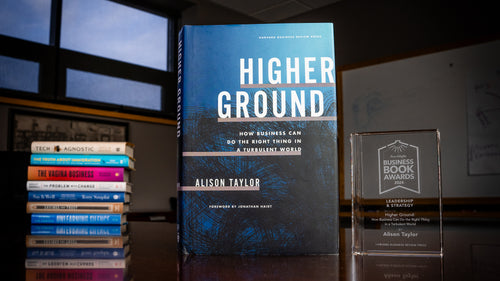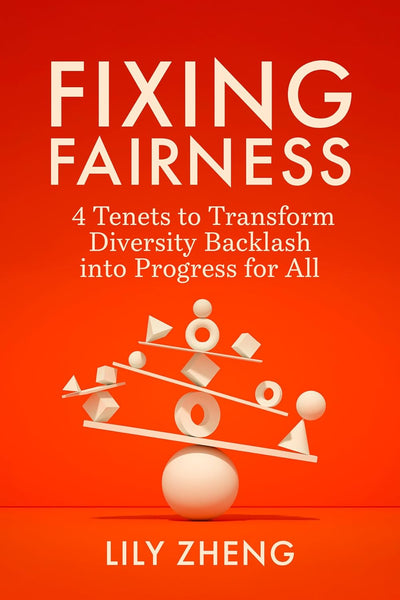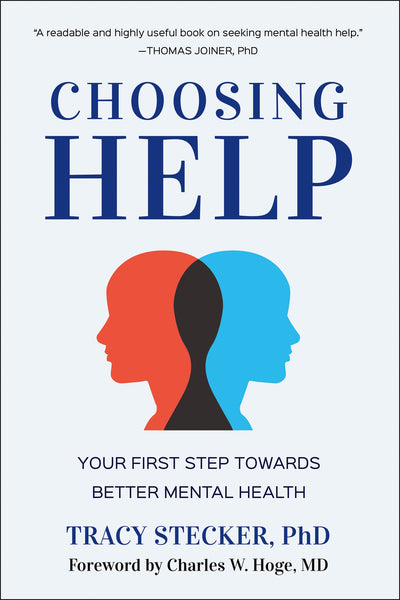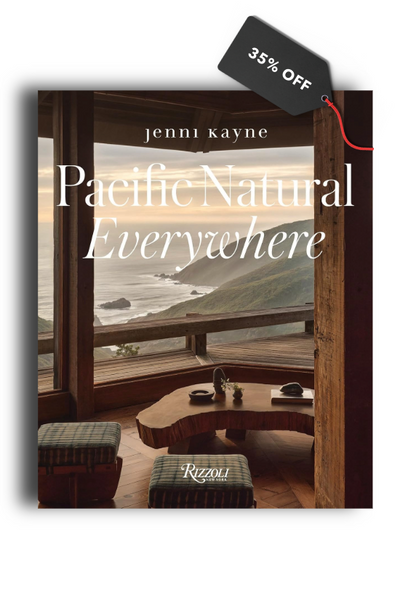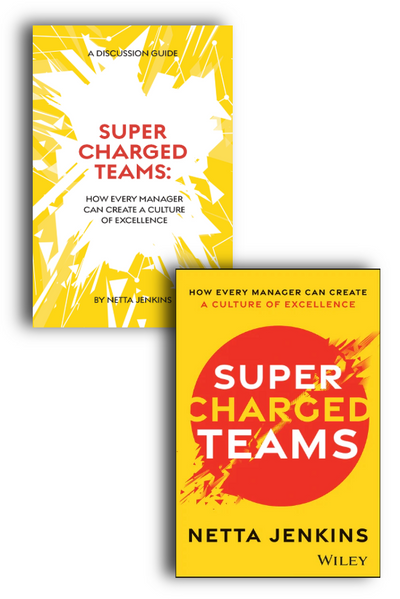The Art of Quiet Influence: Timeless Wisdom for Leading without Authority

Jocelyn Davis's first book, The Greats on Leadership: Classic Wisdom for Modern Managers, was one of the most surprisingly sourced books on modern management I've ever read, and delightfully so. I wrote in my review of that book how it provided healthy and much-needed "rebalancing of perspective" for managers, a reminder for organizations that it’s really "more practical to think profoundly than pettily." It's also more productive.
When we come to an inflection point in our society, as it seems we are today, it is important to slow down and consider how we want to navigate the curve of history. We have to consider what we want to bring forward, be deliberate about what we are building, and careful about what we let fall away. Because so much of that work is done by those managing the organizations that define our daily lives and the work we all do, it is therefor important for managers and leaders to dig deep—not only into their own motivations and what motivates others individually, but into the fundamental motivating forces of humankind, the great ideas and profound realities that have shaped us collectively, the humanities. So when I opened The Greats on Leadership and found Davis using the example of Moses—the Moses—being admonished by his father-in-law Jethro that he needed to delegate more, it was both surprising and grounding:
Moses takes Jethro’s advice and starts to hire and delegate. He chooses “men of caliber” and created an organizational structure that would be familiar to any modern-day employee, with “chiefs of thousands, chiefs of hundreds, chiefs of fifties, and chiefs of tens” (18:25), each authorized to handle decisions of a certain magnitude. Steeped as we are in the myth of the heroic leader, we may find the whole scene strangely corporate: Moses the Seer must build an organization.
That provides a wonderful perspective on the mundanity of even the most historic, world-shaping events, and on the potential inherent in the seemingly workaday relationships we must form and the decisions we must make. It is a perspective that helps inform those decisions.
The Greats on Leadership, as Davis states, took its "cue from the masterminds of Western civilization." Her new book, The Art of Quiet Influence, takes its cue from various traditions and philosophies of the East and Middle East. It is, like the previous book, a journey through time and thought, philosophy, history, and culture, all tempered into practical, actionable solidity by Davis's experience working at and with The Forum Corporation—a leadership and sales training company—for nearly three decades.
The book goes on sale today. To give you a head start on the book, we reached out to the book's publisher, Nicholas Brealey Publishing, for an excerpt, which you will find below.
◊◊◊◊◊
The mainspring in a clock is the piece that moves the other springs, which in turn move the hands, which in turn cause the clock to tell time. We don’t see or hear the mainspring, but with it, the whole system does its job, and without it, the clock is just an attractive object with numbers on its face. In the workplace, similarly, the mainspring is the person whose efforts are less obvious than everybody else’s but without whom everybody else’s efforts come to naught.
Mainsprings have great power, but chasing after power isn’t the way to become a mainspring. In Chapters 5, 6, and 7, we’ll look at three types of power chaser: barons, who strive for dominance over their perceived enemies; legalists, who use rules and edicts to exert control; and seducers, who, lacking a platform or a taste for direct confrontation, seek to influence by means of personal charisma. We’ll see why each of these approaches, while often temporarily or superficially successful, has hidden costs.
Nor is influence about racking up “credits” to exchange in an “influence market”—a view taken by some contemporary authors. Research discussed below and in Chapter 1 debunks that idea, finding that favor-trading and mutual back-scratching aren’t what make a strong influencer. Building credit in the sense of good karma is another matter; as Eastern cultures know, influence grows when you contribute to the community, weaving a web of goodwill that benefits you along with everyone else. And of course there is an element of persuasion to influence in that you want to attract, not repel, potential collaborators.
Influence, however, is never about getting your way. It’s about co-creating a new way, a better way, our way. To quote [John] McEnroe, it’s about lifting our game. Influence is a form of dialogue, which is different from debate: a debate is for winning, but when we engage in dialogue, says David Bohm (theoretical physicist and guru to management consultants), we partake in a “stream of meaning flowing among and through and between us.”
You might think the word influence is too suggestive of manipulation, and indeed there are other terms I considered for this book’s topic: collaboration, dialogue, co-creation, and lateral leadership, to name a few. I kept coming back to influence, though, perhaps because of its etymology. The word derives mostly from the Old French influence, meaning “emanation from the stars,” and the original meaning had to do not with political maneuvering but with the great ebbs and flows of the natural world. Influence, per the Oxford English Dictionary, described “the action of water and other fluids, and of immaterial things conceived of as flowing in.” In astrology, it denoted “an ethereal fluid streaming from the heavens and affecting human character and destiny.” Such images suggest that influence is something much larger than us: a cosmic current we might tap, even dive into, but could never twist to petty purposes.
Eastern Guides
The best guides to these currents and streams of influence are found in the ancient East, specifically in China, Japan, India, and parts of the Islamic world.
To see why, consider the acronym VUCA, coined by the US military, popularized by business consultants, and standing for the supposedly increasing volatility, uncertainty, complexity, and ambiguity of human affairs. When things become VUCA, Western experts say, command-and-control leadership doesn’t work and new approaches are needed. To most Eastern philosophers, however, VUCA is nothing new; it’s simply the way things are and always have been. Instead of volatile, these thinkers would say the world is in motion; instead of uncertain, conditional; instead of complex, contextual; instead of ambiguous, inclusive. In other words, the world of the East is a fluid one. The physical universe consists of fields and forces rather than discrete objects, while the human universe consists of relationships that define individuals rather than individuals who freely enter into relationships. Were the world made of pistachio ice cream, a person of the East would see ice cream; a person of the West, pistachios.
That’s a gross oversimplification, of course, as is the Orientalist myth that all Asians are Zen masters floating serenely above the world’s struggles. Many Eastern leaders, both real and fictional, easily match their Western counterparts in political ambition and ruthlessness; moreover, being Buddhist or Taoist does not automatically make one a nice person. Nevertheless, anthropological studies show that the Eastern perspective is, generally speaking, less atomistic—or focused on discrete elements—than the Western one. Cases in point: the twelve Eastern sages featured herein … In their eyes, a leader’s job is to channel the world’s natural flow. Trying to push people around is as futile as trying to push water uphill.
One of my favorite expressions of this watery worldview is found in an ancient collection of Sanskrit hymns. The Rig Veda is the earliest Hindu religious scripture and the first long compo- sition in any Indo-European language. As translated by renowned Sanskrit scholar Wendy Doniger, the “Creation Hymn” of the Rig Veda runs in part as follows:
There was neither non-existence nor existence then; there was neither the realm of space nor the sky which is beyond. What stirred? … Was there water, bottomlessly deep?
There was neither death nor immortality then. There was no distinguishing sign of night nor of day. That one breathed, windless, by its own impulse …
Darkness was hidden by darkness in the beginning; with no distinguishing sign, all this was water …
There was impulse beneath; there was giving-force above.
Who really knows? Who will here proclaim it? Whence was it produced? Whence is this creation? The gods came afterwards.
Aspiring corporate leaders might think about that last line: “The gods came afterwards.” In the beginning, says the poet, all this was water. Nobody knows what stirred there, but something stirred, with impulse beneath and giving-force above—and not one god had yet appeared. In later Vedic writings we meet many gods, who create and destroy, fight battles, make laws, and demand homage, as leaders do. But in the beginning (and perhaps still today) the world had no need of such authorities. All this was water, and it breathed on its own.
Extracted from The Art of Quiet Influence: Timeless Wisdom for Leading Without Authority.
Published by Nicholas Brealey Publishing.
Copyright ©Jocelyn Davis, 2019.
All rights reserved.
ABOUT THE AUTHOR
Jocelyn Davis is an author, speaker and consultant with 25 years' experience in the leadership development industry. Before founding her company, Seven Learning, she was Executive Vice President, R&D for The Forum Corporation (now AchieveForum), a global consultancy that builds leadership effectiveness in the Fortune 1000. Jocelyn's The Greats on Leadership: Classic Wisdom for Modern Managers was praised by SUCCESS magazine, and 800-CEO-READ named it their Editor's Choice in May 2016. Jocelyn grew up in a foreign-service family and has lived in many regions of the world, including Southeast Asia, East Africa, the Caribbean, and the UK. She now lives in Santa Fe, New Mexico.

